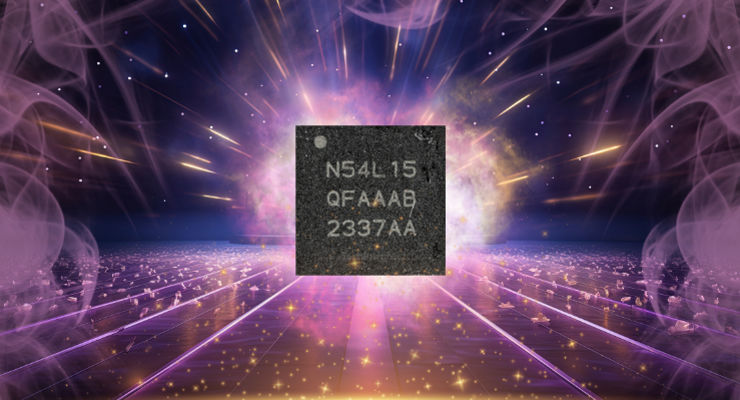TSMC vs. Fujitsu: A Brief Comparison of 22ULL Embedded ReRAM Technologies
STT-MRAM and ReRAM are leading the charge in the evolution of memory technology, with significant advancements being made in these areas. Both are increasingly used in automotive, IoT, and other high-growth applications, surpassing older memory technologies like FeRAM and PCRAM.
Recent reports have highlighted the latest embedded ReRAM chips from TSMC and Fujitsu. TSMC’s newest chips feature hafnium oxide-based resistive layers, while Fujitsu uses tantalum oxide. These materials play a crucial role in the performance and reliability of ReRAM. Tantalum oxide is known for its stability and endurance, whereas hafnium oxide excels in non-volatile switching.
Comparing these technologies to traditional SRAM caches reveals several advantages for ReRAM and STT-MRAM: smaller size, lower leakage, higher capacity, and improved radiation resistance. As TSMC and Fujitsu continue to innovate, their ReRAM solutions are poised to replace existing memory technologies, offering promising improvements in embedded memory applications.










